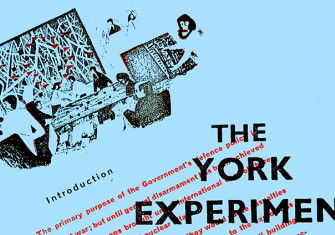Challenger and Chernobyl, Cold War Catastrophes
In 1986, the world’s superpowers were each rocked by disasters occurring just three months apart. Technological prowess had driven the Cold War: what did it mean for it to fail in such catastrophic circumstances?
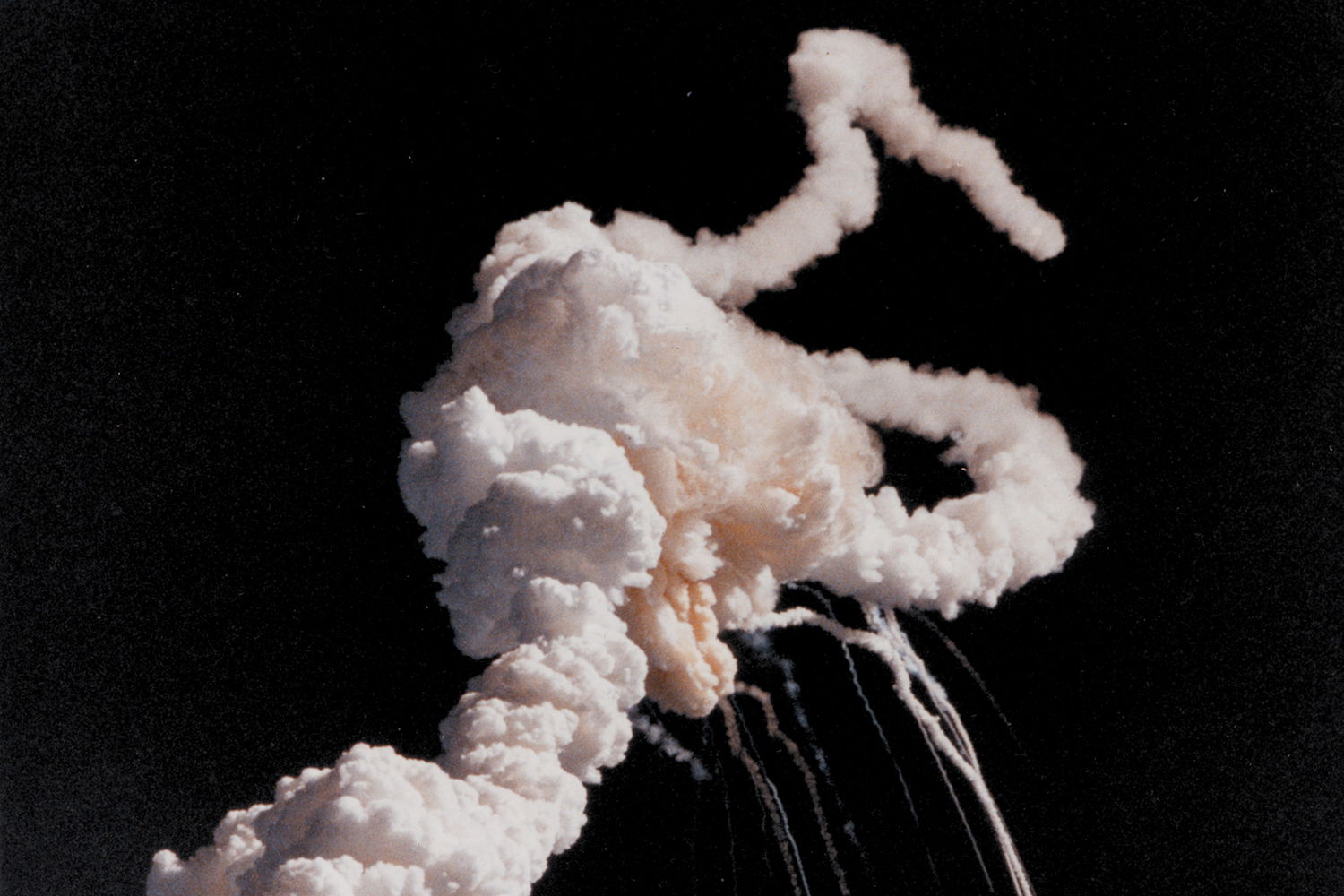
The Space Shuttle Challenger explodes shortly after takeoff, 28 January 1986.
The Space Shuttle Challenger suffered a catastrophic explosion 73 seconds into its ascent into orbit on 28 January 1986. Almost exactly three months later, on 26 April an explosion in Reactor IV of the Chernobyl nuclear power plant led to the greatest nuclear disaster that the world had witnessed.
The disasters have an importance that extends far beyond their immediate tragedies. The catastrophes in Florida and Ukraine marked the end of the political and propagandistic trends that had defined the Cold War.
To understand why these events were so traumatic for so many, we must retreat from the annus horribilis of 1986 a century in the past, to the log cabin of Konstantin Tsiolkovsky, ‘godfather’ of modern rocketry. Tsiolkovsky’s home was located just outside the town of Kaluga, a boggy backwater about 200 miles south-west of Moscow. Tsiolkovsky’s residence was a hub for a group of thinkers collectively known as the Russian cosmists. They were an eclectic array of scientists and philosophers, who, as well as working on mathematical equations that would eventually allow the Soviet Union to send rockets into space, were deeply interested in a transcendental ideal of technological utopia. Nikolai Fyodorov, a frequent correspondent of Tsiolkovsky, believed that it would be possible to create a technology that would raise the dead. He once remarked: ‘Our task is to make nature, the blind force of nature, into an instrument of universal resuscitation and to become a union of immortal beings.’
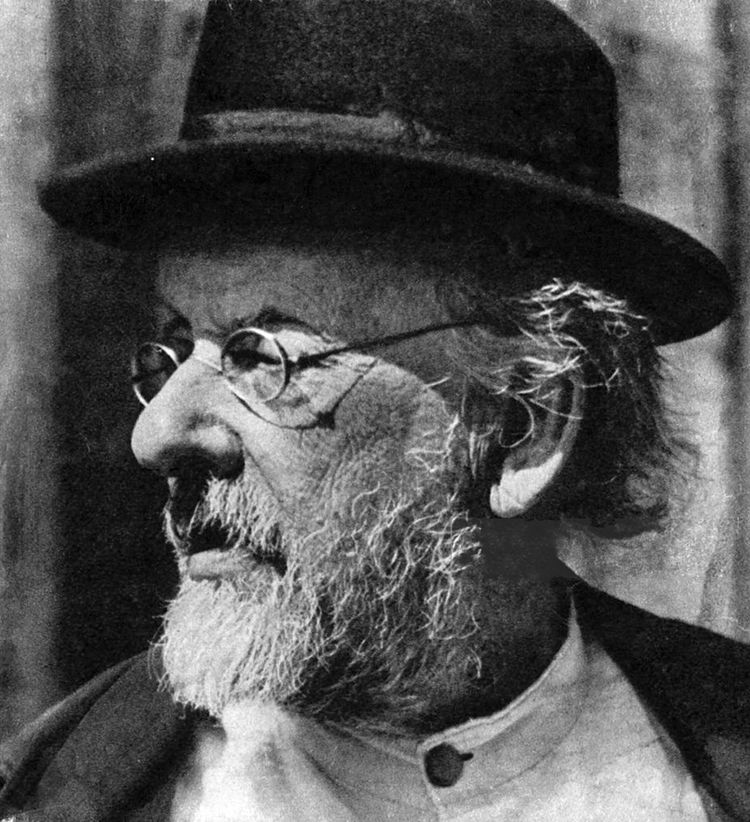
While these esoteric scientist-philosophers worked in relative obscurity, Thomas Edison’s Menlo Park, New Jersey (the world’s first research and development facility) was illuminated by iridescent lightbulbs. Known as the ‘Village of Light’, Menlo Park became a tourist attraction, with hundreds of visitors disembarking at its railway station to view the marvel. Edison became a nationwide celebrity, his name adorning products in homes across the country. He and his scientifically minded compatriots contributed profoundly to the confident, youthful American self-image which had emerged in the aftermath of the Civil War.
In the closing years of the 19th century, dreams of the future were increasingly defined by utopian visions of technology and the future of ease and leisure they would bring for humankind. By the time of the Russian Revolution of 1917, technology and politics had become entwined. In 1920 Lenin pronounced his maxim: ‘Communism is Soviet power plus the electrification of the whole country.’ The Soviets, neurotic even then about the technological prowess of the US, embarked on experimental programmes in direct emulation of their counterparts. Alexei Gastev, metalworker and revolutionary agitator, found himself at the head of an institute dedicated to implementing the ‘scientific management’ practices of the American industrial engineer Frederick Winslow Taylor.
Both the ‘Taylorists’ (and their most successful practitioners, such as Henry Ford) and the early Soviets shared an ideal of turning fallible human labour into a collective undertaking resembling the machines they were producing. To the early Bolsheviks, technology was one of the core means by which they would create communism. The Americans were less overtly ideological about technology, but it nonetheless became an increasingly important part of US identity. Ford’s promotional tours of the motor car (sometimes with an aging Edison in tow), spoke to a practical flourishing of the individual that was promised by the earliest political utterances of the nascent Republic.
In the harsh years of the Great Depression, the US government began to rely increasingly on large-scale infrastructure projects to alleviate mass unemployment. The Hoover Dam, at the time of its completion in 1935 the largest in the world, drew hordes of the Dust Bowl’s unemployed to aid in its construction. Meanwhile, in the city of Magnitogorsk, Soviet engineers were building an iron and steel works on a similarly massive scale. One Soviet journalist remarked of the logic behind the project: ‘What is Magnitostroi? It is a grandiose factory for remaking people.’ While the US used infrastructure projects to repair its wounded self-image, the Soviets mirrored this strategy to prove that their society was heading towards communism. During the Cold War, technological advancement would be come to be seen in sharply defined ideological terms.
Addressing the United Nations General Assembly in 1953, President Dwight D. Eisenhower delivered a speech entitled ‘Atoms for Peace’, which sought to reframe the Americans’ inauguration of the nuclear age from its apocalyptic connotations into an engine of global development. The first nuclear reactors in Israel and Pakistan would be constructed as a result of this programme. It was part of a broader US geopolitical strategy, which sought to prevent Soviet expansion into the ‘non-aligned’ states by providing technological assistance.
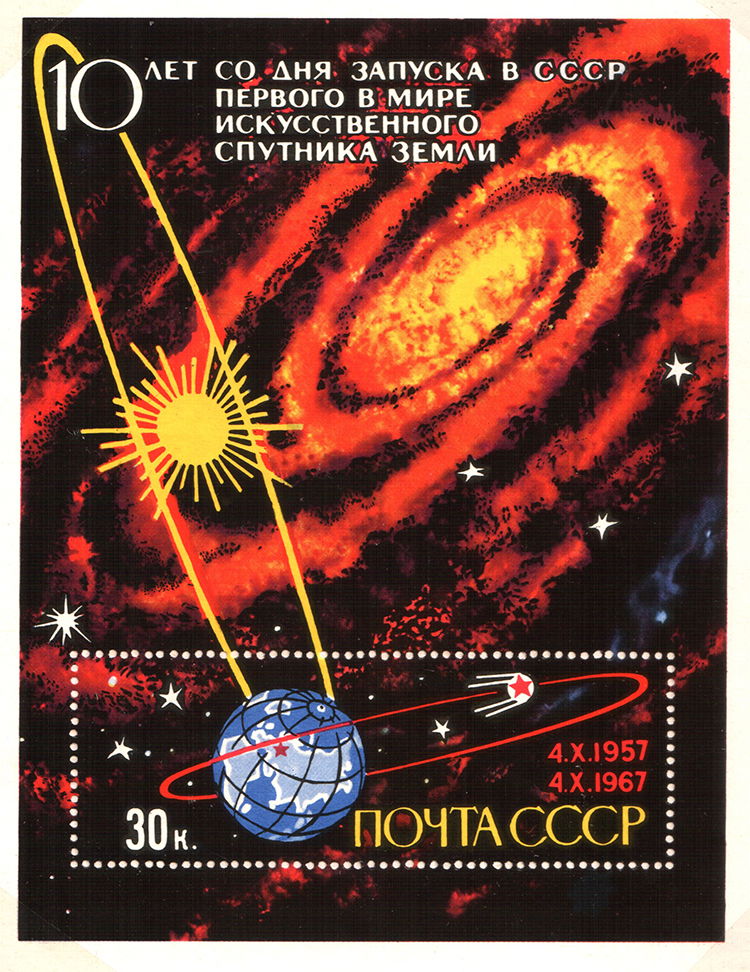
The so-called ‘Space Race’ bought this technological arms race into stark relief. The quest to breach the stratosphere dominated the 1950s and 1960s. Americans watched with horror in 1957 as Sputnik 1, the Russian satellite, made its stately progress towards the firmament. Lyndon Baines Johnson, then a US Senator, referred to the incident as a ‘Second Pearl Harbor’.
In direct response to Sputnik, NASA was established in 1958 to oversee US efforts in space. Despite Yuri Gagarin (and Laika the Space Dog) completing a heroic orbit of the Earth, it was NASA that finally claimed victory when, in 1969, Neil Armstrong planted the US flag on the Moon. For the awed peoples of the world, the US had ‘won’ the space race.
In the 1980s, Mikhail Gorbachev and Ronald Reagan both assumed power promising sweeping changes. Gorbachev’s Glasnost (Openness) and Perestroika (Restructuring) promised to reform the Soviet Union after the long years of ‘stagnation’ under Leonid Brezhnev and his short-lived successors Yuri Andropov and Konstantin Chernenko. The ascendant neoliberal wing of the Republican Party had chosen the former actor (and former Democrat) Reagan. Both men spoke of change.
When the Challenger exploded, among the crew was Christa McAuliffe, who was to be the first teacher in space. Children gathered in classrooms across the Atlantic seaboard to witness the event live on television only to watch the shuttle’s horrific explosion. Reagan told them:
I know it’s hard to understand, but sometimes painful things like this happen. It’s all part of taking a chance and expanding man’s horizons. The future doesn’t belong to the fainthearted; it belongs to the brave. The Challenger crew was pulling us into the future, and we’ll continue to follow them.
The Space Shuttle fleet was grounded for almost three years and NASA’s reputation suffered as a result. The Rogers Commission was established to investigate the disaster. It included the physicist Richard Feynman, who in Appendix F to the Commission’s report wrote: ‘For a successful technology, reality must take precedence over public relations, for nature cannot be fooled.’
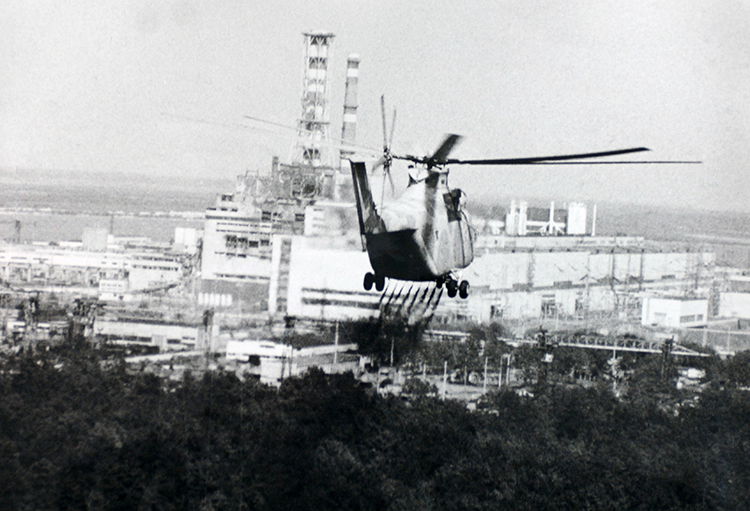
Three months later, an explosion resounded through the Soviet city of Pripyat and into the pine forests which surrounded it. Reality once again had asserted its prerogatives. In the aftermath of the explosion at the reactor, citizens described something like a fireworks display lighting up the night sky from the direction of the city’s nuclear power plant named, with grim biblical resonance, ‘Wormwood’, or in Ukrainian, ‘Chernobyl’.
In the aftermath of the explosion a fire raged in the depths of the facility, a conflagration that would only abate on 10 May at momentous human cost. Glasnost allowed for the news to spread far quicker than the Soviet authorities would have liked. Vladimir Gubaryev, science editor of Pravda, was allowed unprecedented access to the site. His reportage culminated in the play Sarcophagus, which explicitly blamed the disaster on the Soviet system. There were open rallies in Kiev demanding nuclear power stations be removed from Ukraine wholesale. Unease and a paradoxical confidence in dissent spread among the Soviet peoples.
By the time the Space Shuttle fleet was readying itself for its relaunch, the Soviet Union was experiencing serious internal political struggles. Two years later, the Berlin Wall fell. In the same year, Tim Berners-Lee turned on his ‘World Wide Web’ at CERN, the European Organisation for Nuclear Research. The frontiers of technological development were afterwards in the virtual (and private) sphere, paving the way for the unprecedented techno-corporate structures of the early 21st century.
Chernobyl and Challenger were more than simply disasters. Both, to a degree, marked the ending of technology as an ideological undertaking, as a tool of statist propaganda. The disasters gave the lie to the view that a technological utopia was immanent, heralding the coming of turbulent decades wherein new and very different technologies would again reshape human lives with as yet unknown consequences.
Daniel Fuller is a writer and bookseller who researches the recent history of Ukraine and the demise of the Soviet Union.




